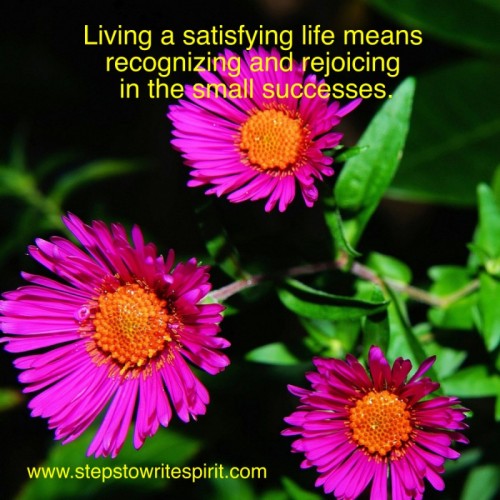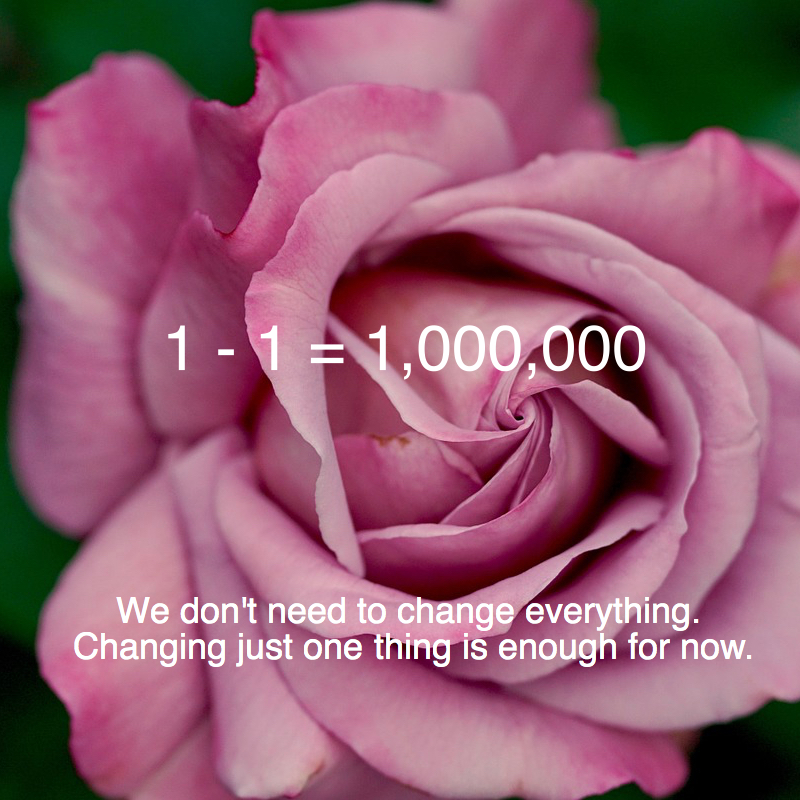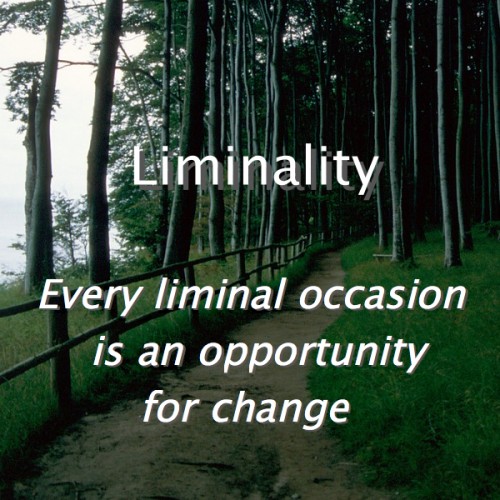Celebrate Little Victories
The Essence
Living a satisfying life means recognizing and rejoicing in the small successes.
Just Do It
Watching a toddler learning a new skill provides a living definition of delighting in small achievements. Over and over the child carefully places block atop block building a tower three or four high. When the final block is positioned, a look of wonder and surprise fills the child’s eyes. Hands clap – applause for the amazing feat of successful stacking. The process is repeated many times, but every time there is the same pleasure in accomplishment.
When the tower topples, there is still astonishment. The stacking continues – piling or falling, each attempt a fresh gratification and a renewed celebration.
What was your most recent “little victory”? How did you celebrate?
Imagine That
Take a sheet of drawing paper and a pencil, crayon, or marker. Make a line across the sheet. Pause and examine the line. Identify, at least, three things about the line that intrigue you. (“I like the funny little bump over here” . . . “and the way the line gets fat all of a sudden” . . . “Oh, and look at the surprising swoop at the end.”) !
Now make another line crossing the first and repeat the same draw-pause-find-three-things process. Continue drawing using your implement in as many ways as you can until the page is filled and you feel finished. Now find three or more things that please you.
Breaking It Down
Very few persons ever have the chance to do something “really big,” something “world changing,” but all of us have a hundred little victories to celebrate every day. Instead of celebrating, we discount them or ignore them. “Oh, that’s nothing,” we say. In fact, we should be congratulating ourselves for another little victory. !
You give a compliment that makes the recipient beam – a little victory. You cross an item off your to-do list – another little victory. You finally get tab A into slot B – more victory. No matter what the size, we need to celebrate our accomplishments and fill our days with satisfaction for what we have achieved.
These small celebration act like emotional fuel; they feed the soul and color our perceptions of the world. We become more energized and optimistic. Everything seems more doable and more worthwhile. Daily responsibilities are less onerous. Each little victory celebrated is an infusion of hope, power, and possibility.
The neighborhood projects chair of the Service Club had just finished his monthly report when one of the members said, “That’s all well and good, but we need to think bigger. We need to work on developing affordable housing for the west side.”
“That’s right,” another member chimed in. “We’re just dealing with one piddling problem at a time.”
The neighborhood projects chair smiled but said nothing. The housing proposal went no further. Meanwhile seventeen senior citizens were regularly transported to the grocery store and their doctors’ appointments, a new, young mother got some needed baby clothes, and two hungry families got emergency groceries. Just little victories but vitally important to the persons involved.
Little victories are small but not trivial. They constitute much of the joy of our lives. We are given the chance to be the kid on the beach tossing starfish back into the sea. Each throw is a little victory for us . . . and makes a big huge difference to the starfish.
What’s Next?
If you want to know more about little victories, learn from Sabina. She is an eighty-three-year old crippled with scoliosis who also happens to be mentally challenged. She takes great pleasure in trying new things, even though they are sometimes scary. When she learned to play kick-ball and actually kicked it, she shouted, “I did it!” Each time she successfully maneuvers down the narrow steps of the van, she exclaims, “I made it!” For Sabina life is good because it is filled with many celebrations every day.
Look for the little victories in your day and celebrate them. Think to yourself after every accomplishment, no matter how minor, “I did that” . . . “I made that happen.” If you keep track of your little victories for just one day, you may be astonished. The successes add up and accumulate. You are making a difference in your world, one little victory at a time.


